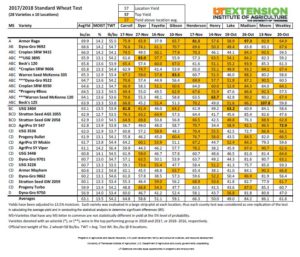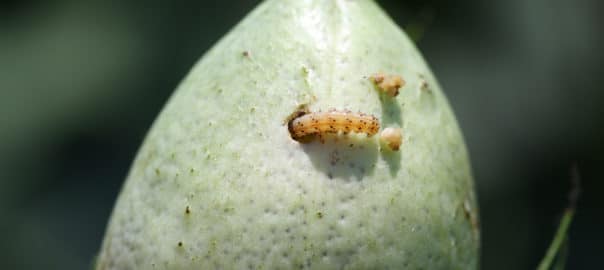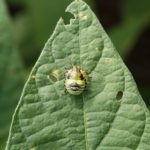Cotton: Much of our cotton is within 7-10 days of when insect controls can be terminated, and it looks like this cotton may outrun the bollworm moth flight in many areas. Most the bollworm action appears to be pretty moderate and still primarily concentrated along the Mississippi River and south of I-40. Having said that, we are some seeing bollworm larvae slip through on Bollgard 2, WideStrike, and TwinLink varieties. It’s a numbers game. Continue reading
Category Archives: Insects
The Problem with Insects is ….
Insect pests are irritatingly unpredictable about when, where and how bad infestations will be. But there are patterns that repeat themselves annually. Continue reading
Don’t Forget, Milan No-Till Field Day is Thursday!
Visitors to the Milan No-Till Field Day can hear presentations on research involving corn, cotton and soybeans. Due to growing interest in cover crops, two tours (10 total presentations) will be devoted to that topic. New this year – a tour devoted to managing resistance, a tour on fragipans, and a producer-led panel discussing personal experiences with precision agriculture technology. Continue reading
2017/2018 County Standard Wheat Trials
2018 County Standardized Trials (CST) wheat harvest data are now available. Our county trial yields were consistent with yields in much of the state, down around 15 bu from what we had last year. Late planting due to excess moisture and a cool, wet spring with delayed fertilizer and insecticide applications, didn’t get this crop set up for record year. 
The bollworm moth flight is beginning so I should …
Moth traps and field reports indicate the beginnings of the bollworm moth flight that could affect both cotton and soybean. Below are my suggestions on deciding if and when to make an insecticide application, and with which insecticides. Continue reading

Cotton – Thinking Ahead About Bollworms
It is uncertain how big our moth flight will be this year. As usual, bollworm moth catches have been generally low to this point. However, you can expect activity to slowly increase, with a peak in moth activity occurring the last week of July and the first week of August. With the decreasing efficacy of pyrethroid insecticides and increasing tolerance to some Bt toxins, you should plan on using Continue reading
Cotton – Crunch Time for Plant Bugs and Stink Bugs
Now through the end of July is the critical time to manage infestations of plant bugs and stink bugs. Of course it varies considerably, but we are seeing more consistent infestations of plant bugs. Stink bugs have made a come back after very low populations last year. Clouded plant bugs are also a bigger part of the mix this year in some areas. I prefer the drop cloth during this time frame, using a threshold of 3 tarnished plant bugs on a drop cloth as the treatment threshold. As a rule of thumb, Continue reading
Soybean Insect Update

Having done several scout schools this past week and spending some time on the phone, there doesn’t appear to be any major insect pest problems in soybean at this time. However, it is also clear that stink bug populations have rebounded from last year. Some early maturing fields are above the suggested treatment threshold of 9 stink bugs per 25 sweeps. Most are green stink bugs, and Continue reading


